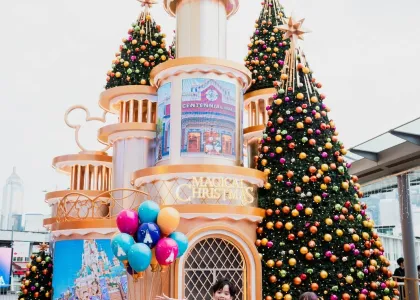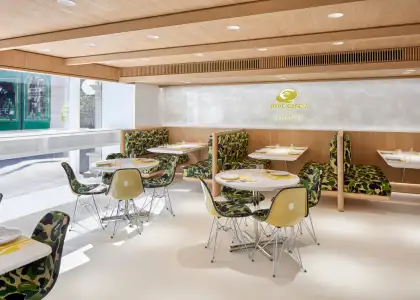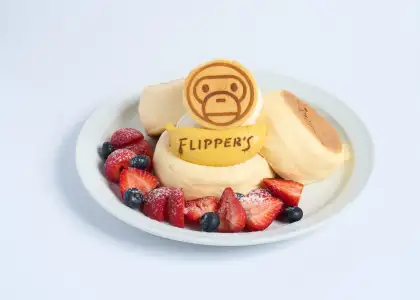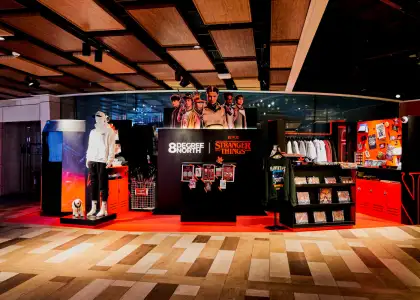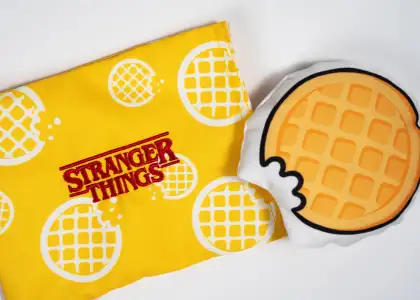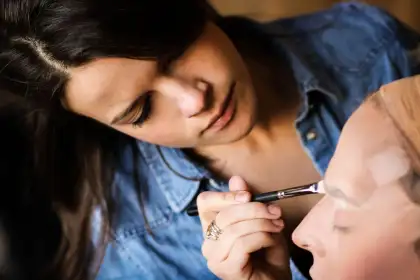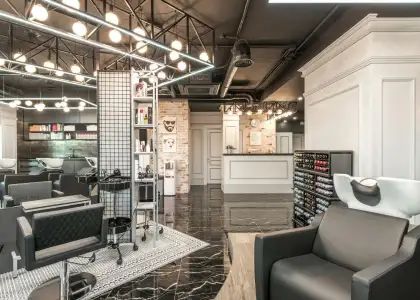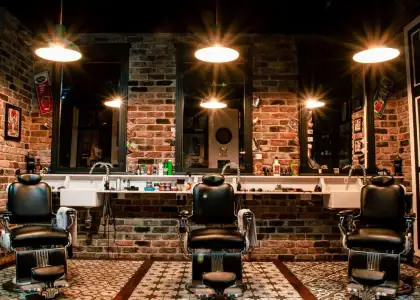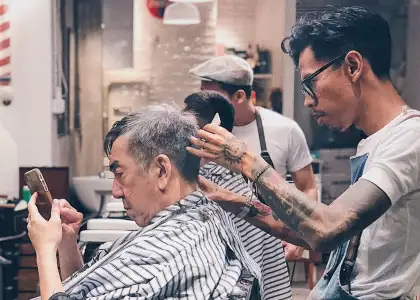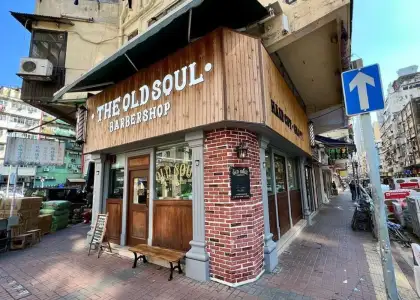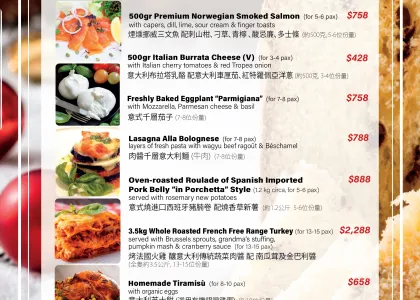Hong Kong Unveiled: The Fashion Evolution of ‘MK Style’

Mongkok, one of Hong Kong's densely populated districts, is a commercial hub for dining and shopping. Set on the Kowloon side, Mongkok is a gathering spot for ‘street boys,’ and attracts students and teenagers alike, who flock to the area for its affordably priced shops. Over time, the culture of Mongkok has evolved, and a unique fashion style has emerged – the ‘MK Style.’ But what exactly is MK Style? Here, The Beat Asia explores how this fashion trend came to be and what it looks like today.
MK Style in the 2000s
The roots of MK Style can be traced back to the late 1990s when the popular movie series Young And Dangerous captivated the younger generation of the time. The films were about Hong Kong triads and gangsters surviving on the streets of Mongkok, and the main character, played by Ekin Cheng, showcased an attractive and trendy gangster look. Teenagers with triad backgrounds would often stroll around Mongkok, as they started to mimic Ekin Cheng’s outfits, and people began to call them "MK Jai" (MK Boys).
The iconic "MK look" of that era included a sleeveless top or sometimes going topless, dragon tattoos on the arms, flared jeans, either long hair dyed golden or a buzz cut, and usually parted in a 3:7 ratio.

MK Style in the 2010s
In the 2010s, MK Style saw a strong influence from Taiwan and Japan. Hong Kong celebrities were no longer the major market of popular culture for the local scene, and teenagers looked to Taiwanese and Japanese idols for inspiration. However, the triad style of fashion remained prevalent, resulting in a unique blend of Japanese idol looks with a low-key triad inspired vibe.
The iconic "MK look" of that era included broadcloth shirts with a tie, slim tapered jeans, diagonally cut fringes, and hairstyles mimicking the looks of boybands Show Lo, X-Japan, and Fahrenheit.

MK Style in the late 2010s
Korean pop culture started to gain popularity in Hong Kong in the late 2010s, influencing the MK Style. Korean boy band Big-Bang became the mainstream influencer of Hong Kong fashion, and teenagers followed super idol G-Dragon's outfits. However, Hong Kong people did not look like young Korean boys, resulting in an unique fusion of Korean and Hong Kong fashion. At the same time, local singer PakHo Chau became an idol for many youngsters, and his "all-back" hairstyle became the mainstream for boys to follow.

The iconic "MK look" of that era included t-shirts with big logos showing the brands Thrasher, Fila, or Champion. One of the most significant kind of shirt is t-shirts faking two layers. The bottoms are usually skinny crushed jeans (usually black or blue) and most importantly, a pair of converses. Apart from PakHo’s "all-back" hairstyle, undercuts with a fringe became the mainstream haircut as well.

MK Style Now
MK Style has evolved over two decades with a mixture of Japanese, Taiwanese, and Korean influences. Today, it has become a signature staple of Hong Kong style, infused with inspiration from local influencers and celebrities. Here are some common iconic MK looks that can be spotted on the streets of Mongkok today:
The Sporty MK

A casual look featuring slippers, crew socks, and a Gregory backpack commonly worn after a basketball session.
The Cargo MK

A look with a touch of artistic, and Japanese vibes, featuring an oversized button-up shirt and baggy or balloon jeans.

The Playboy MK

The most common MK look gives off a playboy vibe. MK playboys demonstrate an impression of pursuing a life of pleasure with less responsibility and attachments.

They dress up by layering their outfits with many accessories, including beanies, glasses, chains, earrings and headsets.

Outfits are often layered with leather or furry jackets.
Get the latest curated content with The Beat Asia's newsletters. Sign up now for a weekly dose of the best stories, events, and deals delivered straight to your inbox. Don't miss out! Click here to subscribe.





